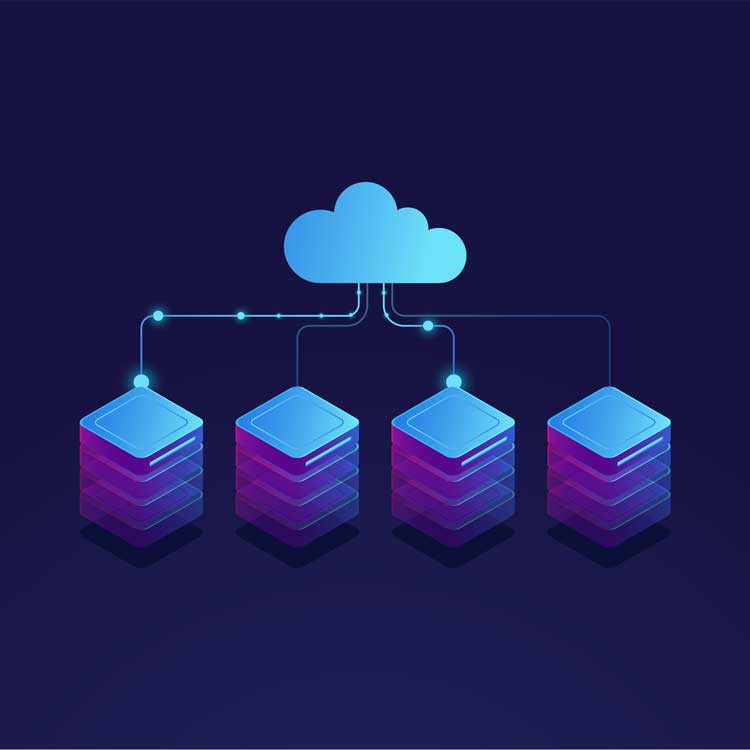DBaaS enables users to set up, operate and scale databases without having to know the details of each implementation. The services provide a single console and application program interface (API) for provisioning, management and declarative administration, in which the owner specifies the desired end state and the system takes care of configuring itself.
IT pros can more easily manage database instances, allowing them to devote more time to other strategic initiatives. Developers can provision their own resources without having to wait for IT and DBAs can do more with less. But traditional DBaaS offerings have included a few trade-offs.
Typically, DBaaSs have been limited to public cloud environments, lacking options that address the massive on-premises installed base. But there’s more, according to Launier.
“The public cloud DBaaS is very focused on automation with little ability to access the operating system of their database servers to install custom software such as PostgreSQL extensions or security agents,” Launier said.
Automated, Single-API Operation
Launier runs product management for Nutanix Database Service, which simplifies managing dissimilar databases across both private and public clouds with a unified platform that increases flexibility and control. Nutanix Database Service helps DBAs manage and easily scale large fleets of Microsoft SQL Server, Oracle, PostgreSQL, MySQL, and MongoDB databases with a single API and console.
He said customers can manage their entire database fleet, including existing and newly created databases, through a common data management plane. But unlike public cloud DBaaS, with Nutanix Database Service customers retain control of database servers.
“We're enabling customers to run their databases wherever they want, on-premises and the public cloud with a consistent operating model and flexible DBaaS experience,” Launier said.
Increasingly, that operating model is hybrid multicloud. According to the 2022 Enterprise Cloud Index (ECI) report, 83% of IT decision-makers agree that hybrid multicloud is the ideal IT operating model.
Launier said hybrid multicloud systems provide options but achieving interoperability – getting different systems in different locations to work together – isn’t always easy.
The majority of workloads go through a lifecycle, Launier explained.
“They start in the public cloud when resource consumption is low, but as volume and requirements scale up, so do costs,” he said. “That's where we see some applications and associated databases move back to a more cost-effective environment, such as on-premises datacenters and colocation sites. The result is a truly hybrid mutlicloud architecture, with apps and databases running across on-prem, colo sites, and one or more public clouds.”
These migrations over time are making many rethink how they manage database operations.





